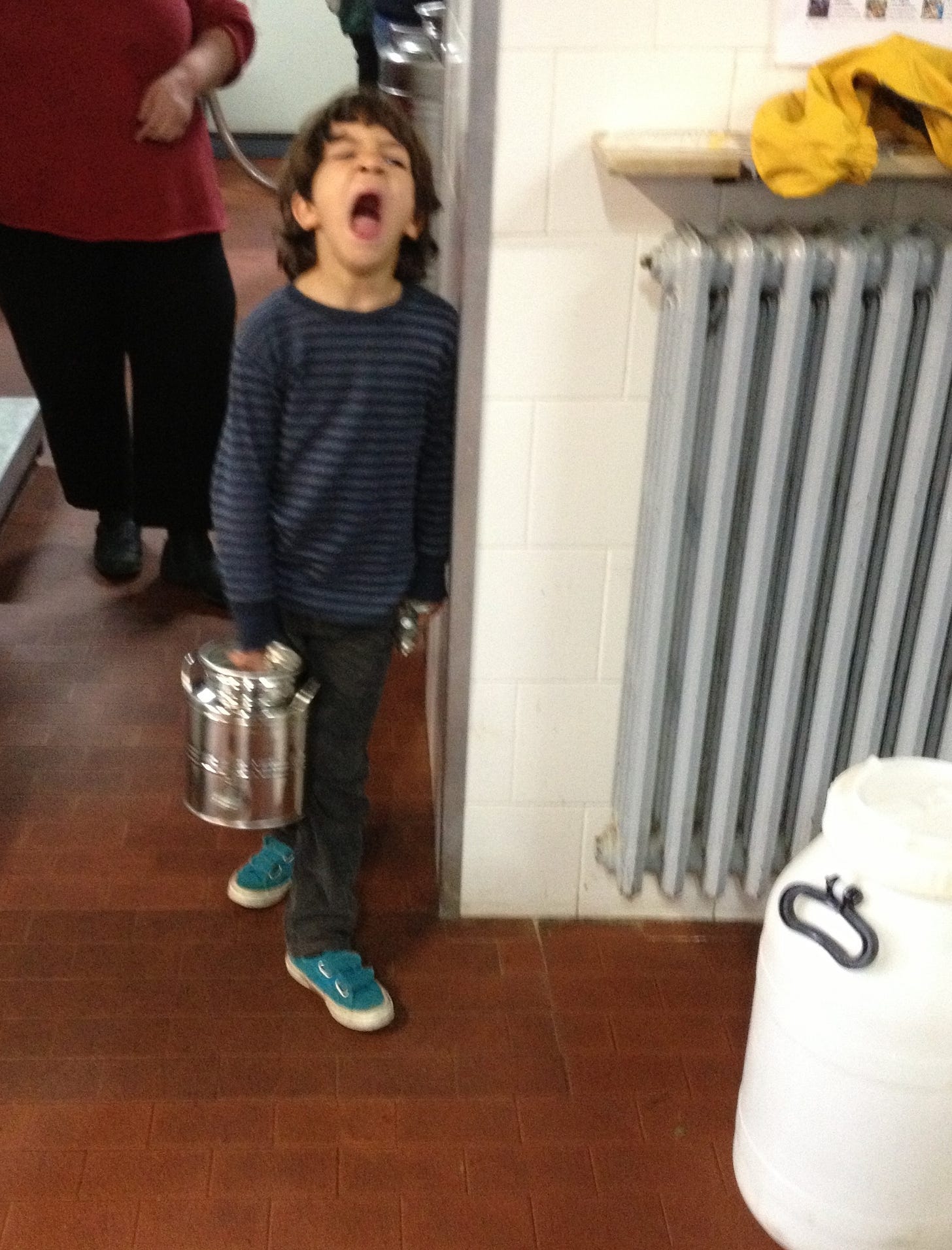Forgive me if I bore you, and do skip over this if you’ve already absorbed the information, but a faithful reader has asked for another run-through on how and where to go for good olive oil, how to recognize it in the bottle before you’ve laid down your credit card for what may sometimes appear to be a very high price, and what to do with it once you ge…
Keep reading with a 7-day free trial
Subscribe to On the Kitchen Porch to keep reading this post and get 7 days of free access to the full post archives.




